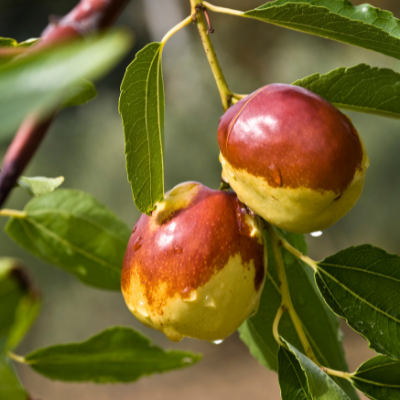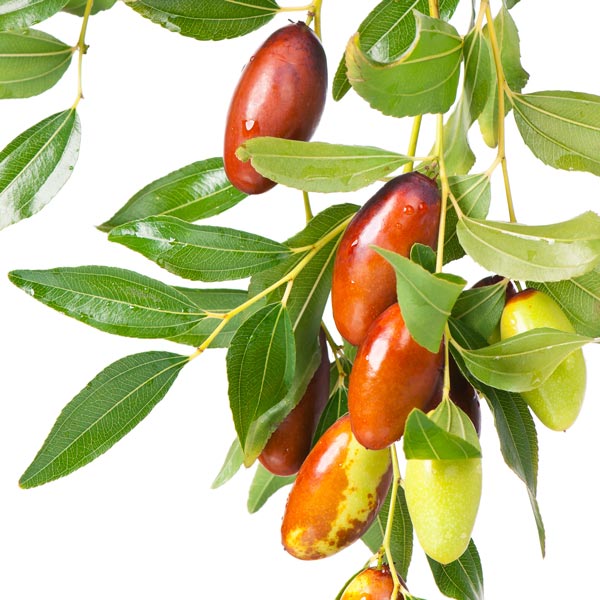
A honey jar jujube tree is a type of deciduous tree that produces an edible fruit. The fruit of the honey jar jujube tree is a large, yellow-brown drupe that is sweet and has a texture similar to a date. The honey jar jujube tree is native to South Asia, and is now widely cultivated around the world, from the Middle East to the United States.
Honey jar jujube trees are easy to grow and require little maintenance, making them a great choice for both novice and experienced gardeners. They are also a great choice for anyone looking for a unique, exotic-looking fruit tree in their garden. Here are some tips and ideas for growing a honey jar jujube tree in your garden:
Location and Soil
Honey jar jujube trees do best in full sun and well-drained soil. They can tolerate some shade, but will produce less fruit. The soil should be slightly acidic, with a pH of 6.0-7.0. If the soil is too alkaline, add sulfur or organic matter to lower the pH.
Pruning
Pruning is important for keeping a honey jar jujube tree healthy and productive. Pruning should be done in late winter or early spring, before the tree starts to leaf out. Remove any dead, diseased, or damaged branches, as well as any suckers or water sprouts. Also, remove any crossing branches to improve air circulation within the tree.
Fertilizing
Honey jar jujube trees should be fertilized once a year in early spring. Use a balanced fertilizer such as 10-10-10 or 8-8-8, and apply it according to the package instructions. Avoid over-fertilizing, as this can cause leaf scorch and other problems.
Watering
Honey jar jujube trees are drought tolerant, but will produce better if they are watered regularly. Water the tree deeply once or twice a week, or more often during periods of drought. If the soil is dry several inches down, it’s time to water.
Harvesting
Honey jar jujube trees typically produce fruit in late summer or early fall. The fruits are ready to pick when they are soft and the skin is yellow-brown. Pick the fruits carefully, as they are fragile and can bruise easily. The fruits can be eaten fresh, made into preserves, or dried for later use.
Pests and Diseases
Honey jar jujube trees can be susceptible to various pests and diseases. Common pests include aphids, mealybugs, scale, and whiteflies. Common diseases include powdery mildew, leaf spot, and root rot. If you notice any of these problems, treat them promptly with the appropriate pesticides and fungicides.
Conclusion
Growing a honey jar jujube tree in your garden is a great way to enjoy a unique and delicious fruit. With the right location, soil, pruning, fertilizing, watering, and pest and disease control, you can have a healthy and productive tree that will bear fruit for many years to come.
Images Related to Honey Jar Jujube Tree:
Honey Jar Jujube Tree - Bob Wells Nursery - U.S. Shipping

More Than You Ever Wanted to Know About Jujubes

Ant Admire Jujube Tree - available at One Green World
